by Marit Parker
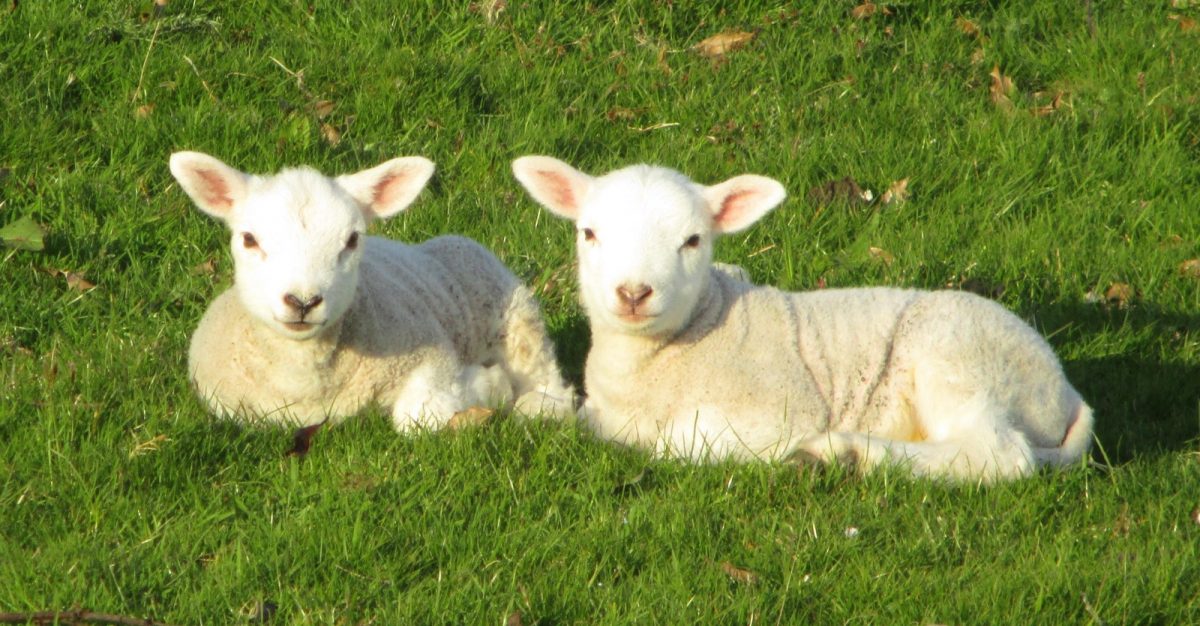
Lambing in 2020 was “interesting”. We came into it not only after 3 months of severe storms with high winds, flooding and even landslides in some places, but with lockdown starting due to Covid19, plus an unexpected heat wave and drought.
Juggling all these different emergencies, I forgot to get basic things ready so I decided it was time I had a list to remind me what I need to do or have ready before lambing starts.
Before lambing starts
The main decision is whether to lamb indoors or outdoors. Often this decision is made for farmers simply by the fact of not having a shed large enough to lamb indoors.
The main advantage of lambing indoors is that it’s easier to deal with emergencies quickly when the ewe is already in a pen. It also protects the newborn lambs from foxes.
The main disadvantage is the increased risk of infection.
My shed is too small to bring all the sheep in at once. I have room for about half the flock. There are a lot of foxes in my area, and restoring hedges and creating shelter-belts has a side-effect of increasing cover for foxes. As a result, I compromise by lambing outdoors unless a ewe is in difficulty, or has a history of difficulty, but bring the ewes and very young lambs indoors overnight for the first few nights until they are strong and fast enough to get away from foxes. Four or five nights indoors makes all the difference.
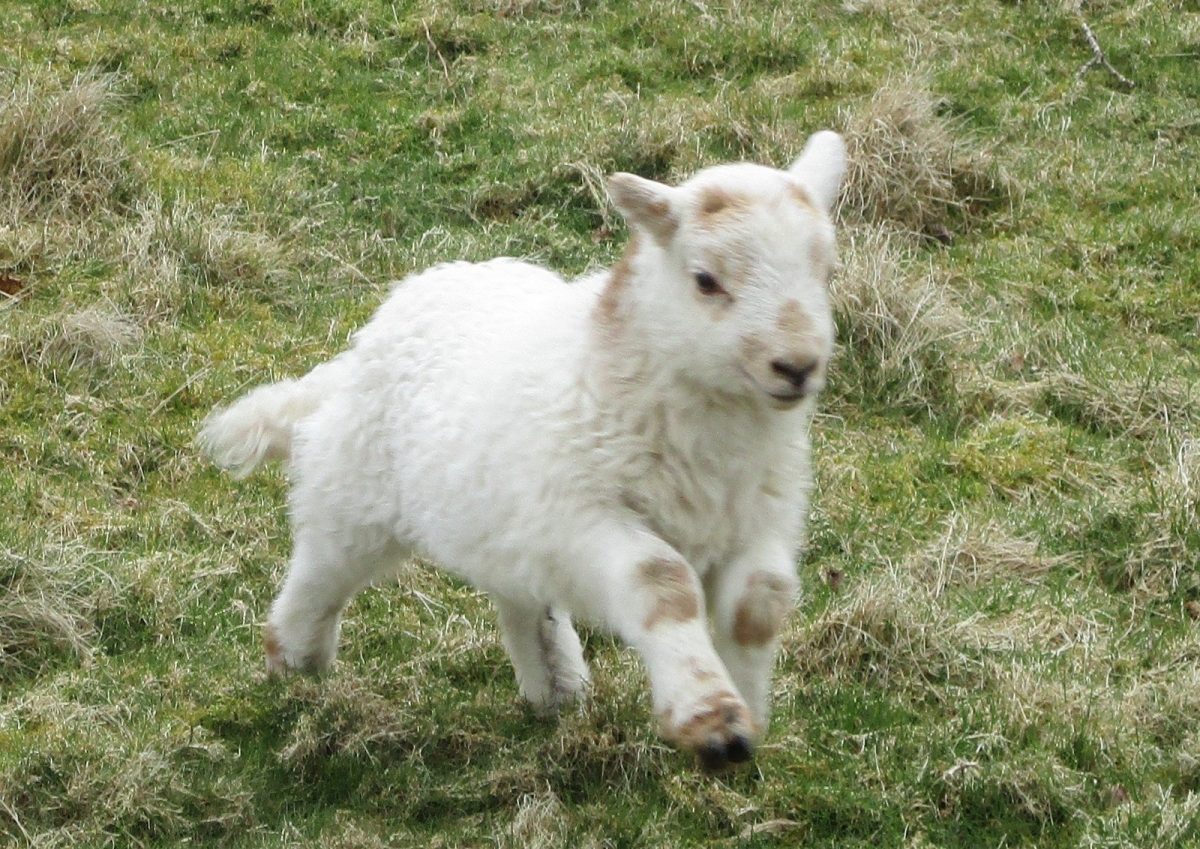
Even if you are lambing outdoors, get the lambing shed ready in plenty of time:
- Hurdles, pallets and baler twine
Make sure you have plenty of places along the wall to secure hurdles and pallets. A flexible system is always useful.
Make sure that any hurdles or pallets not in use are also secured well, even if you’re only putting them to one side for a couple of minutes. You don’t want to find a lamb injured or dead under a fallen pallet.
Make sure hurdles are secured top and bottom with baler cord. Don’t rely on the hurdles slotting together. Adventurous lambs and hungry ewes can dislodge hurdles and squeeze through small spaces and become trapped, separated from each other.
- Buckets and troughs.
Use shallow buckets or buckets you can hook over a hurdle if the ewe hasn’t lambed yet. You don’t want her to drop a lamb into a bucket of water.
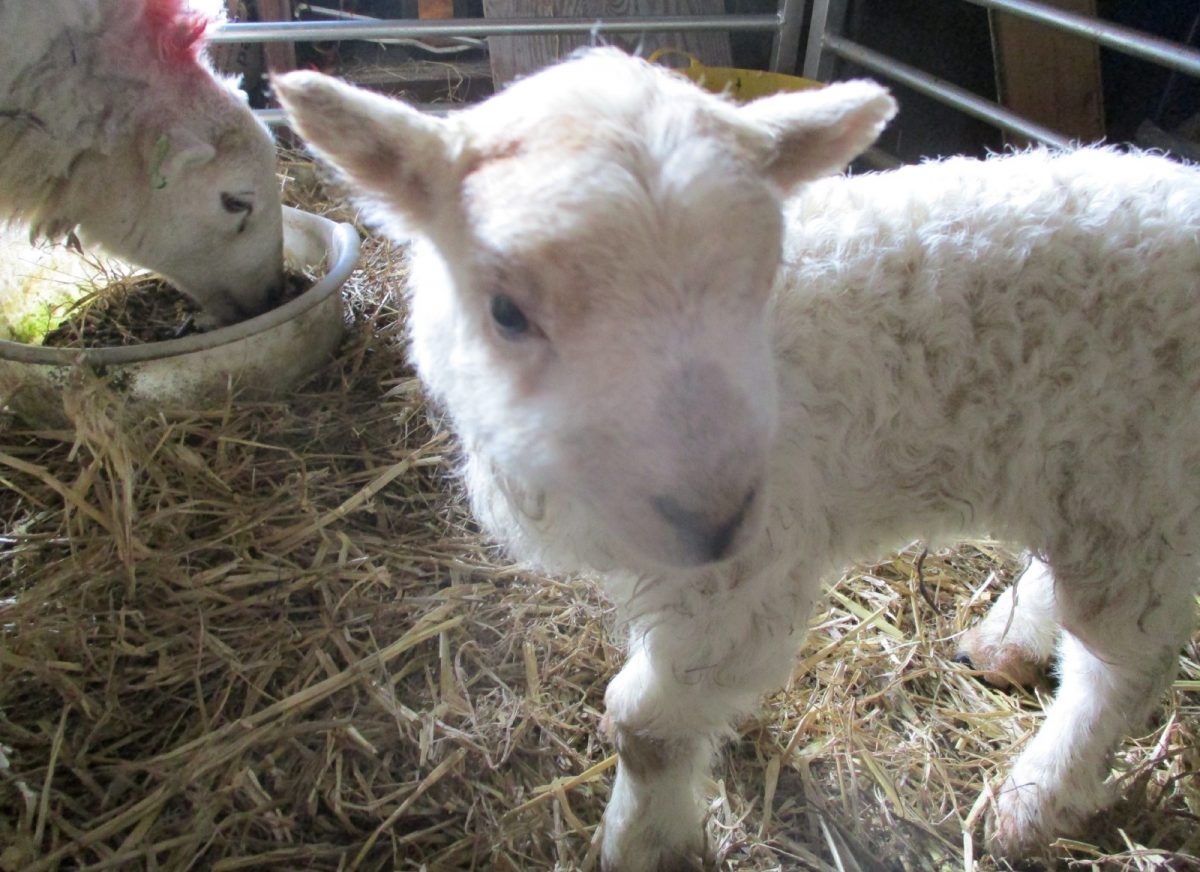
- Bedding (I use straw or bracken)
- Cleaning fluid
I use neat vinegar as it dries quickly.
In an emergency where there’s an immediate turn-around, I add sawdust or woodchip on top (pine wood in particular has some antiseptic properties), and then the bedding.
- Light
- Feed bins
Collecting enough rat-proof feed bins saves having to make trips for more feed during lambing. Old freezers work well: watch out for them on places like freecycle.
- Feed
To avoid GM ingredients, I mix my own feed. Depending on what’s available, I mix barley or rolled oats with either sugarbeet or flaked maize.
I find that molasses mixed in with the first feed immediately after lambing gives the ewes an energy boost. It’s also useful for ewes at risk of twin lamb disease.
Mineral blocks are important too, both in the run-up to lambing and afterwards. Check the ingredients: some only provide energy, not minerals, and some include GM ingredients. Find one that provides the ewes with calcium, and with any minerals that are lacking in the soil where you are.
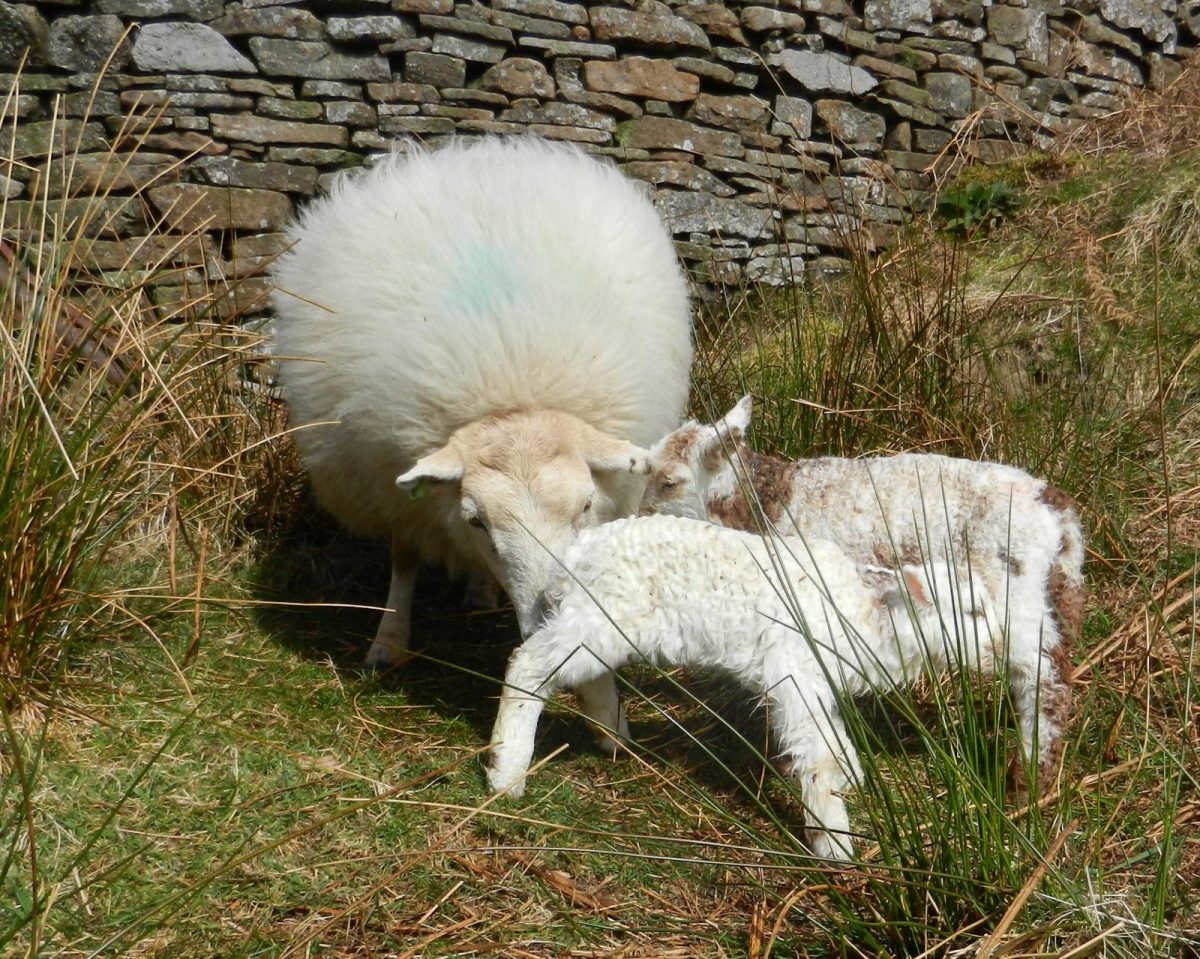
Toolkit
Torches plus chargers or spare batteries
Alarm clock plus back-up alarm
- I nearly lost a ewe and her unborn lambs last year when my alarm failed to go off
Lubricant gel
Colostrum
Bottles, sterilising solution and a container for sterilising bottles and teats
Hot water bottle in case a lamb is really cold
Castration rings and applicator
A few different coloured sprays

Phone numbers for:
- Vet
- Experienced neighbours who are happy to help with difficult births
- Neighbours who can help in other ways
Don’t forget to watch out for ways you can help neighbours in return, especially if you’re a novice at lambing and are relying on them for back-up
- Fallen stock — hopefully not needed, but best to have it handy in case
Pen and paper for:
- Lambing record
- Medicines record
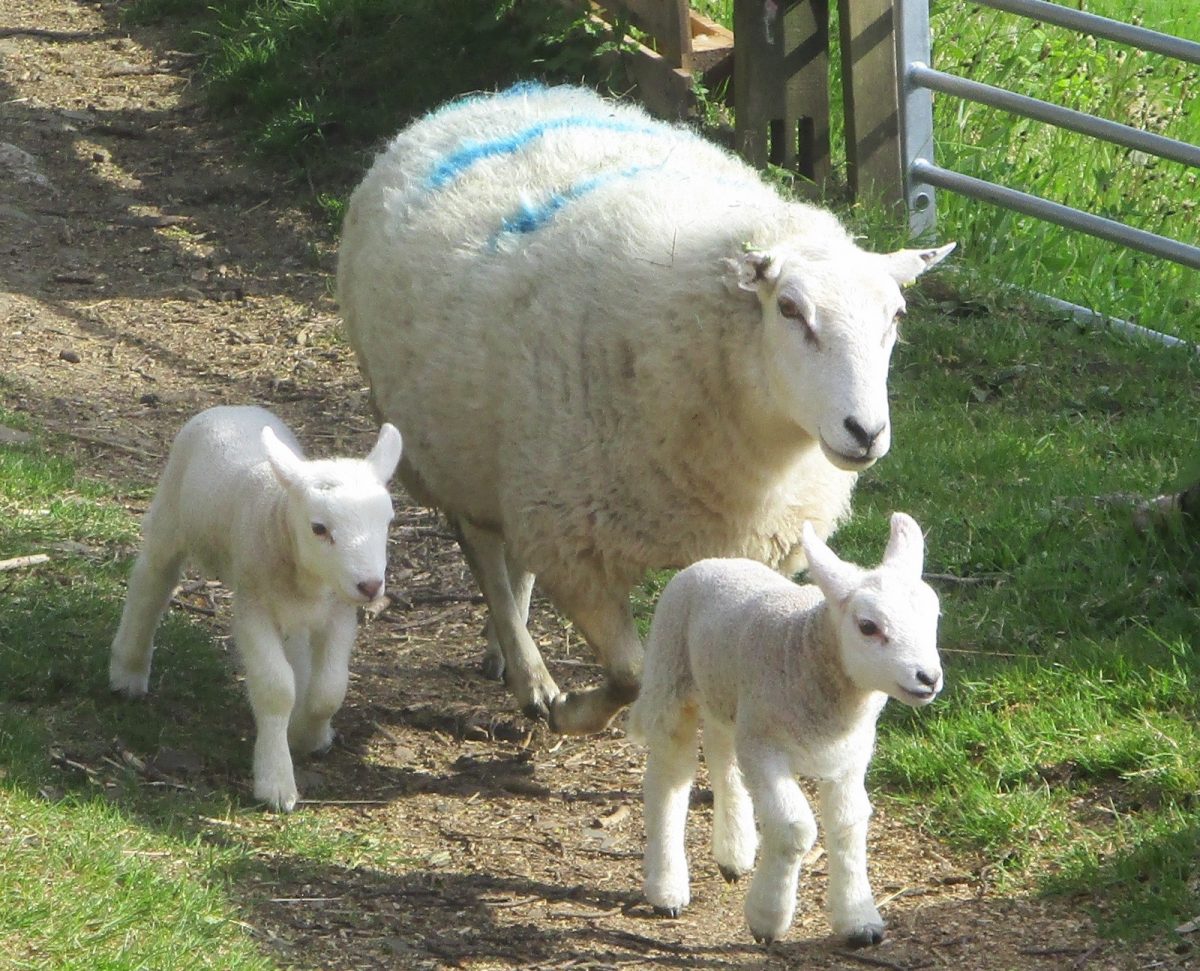
Medicines
Iodine spray, for the lambs’ navels
Twin lamb drench
Calcium injection
Antibiotics
Many farmers have some antibiotics ready in case of emergency, but this does result in some wastage once the drugs have gone past their date.
Some vets will provide antibiotics as needed, drawing up a syringe with the necessary doses, to minimise wastage (and unnecessary use)
Sharps box
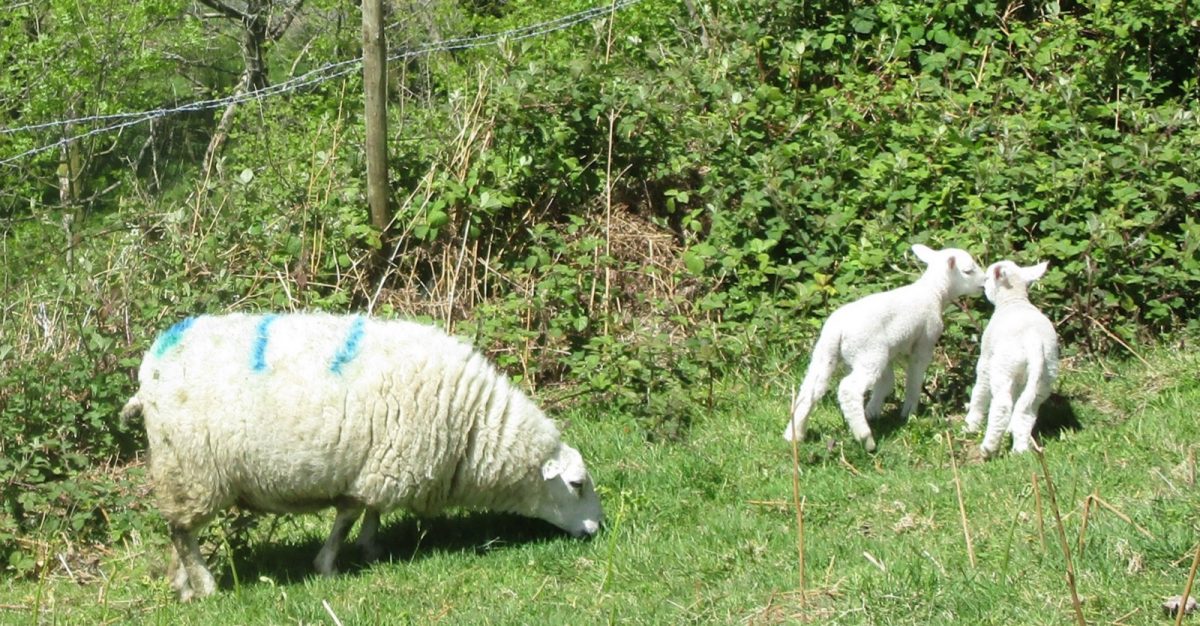
Homeopathic remedies
Many farmers use homeopathy, partly as a way of reducing reliance on antibiotics.
If you don’t want to use homeopathy, simply ignore this section.
If you are interested in using homeopathy, by all means read this section but don’t use it as a prescription: go on a course! In Britain and Ireland, Homeopathy at Wellie Level are the people to contact.
Note: I am not a trained homeopath nor a vet. This list is not medical or veterinary advice.
It is a personal list of what I have found useful when I have been lambing, shared here in case it is of use to others who also use homeopathy.
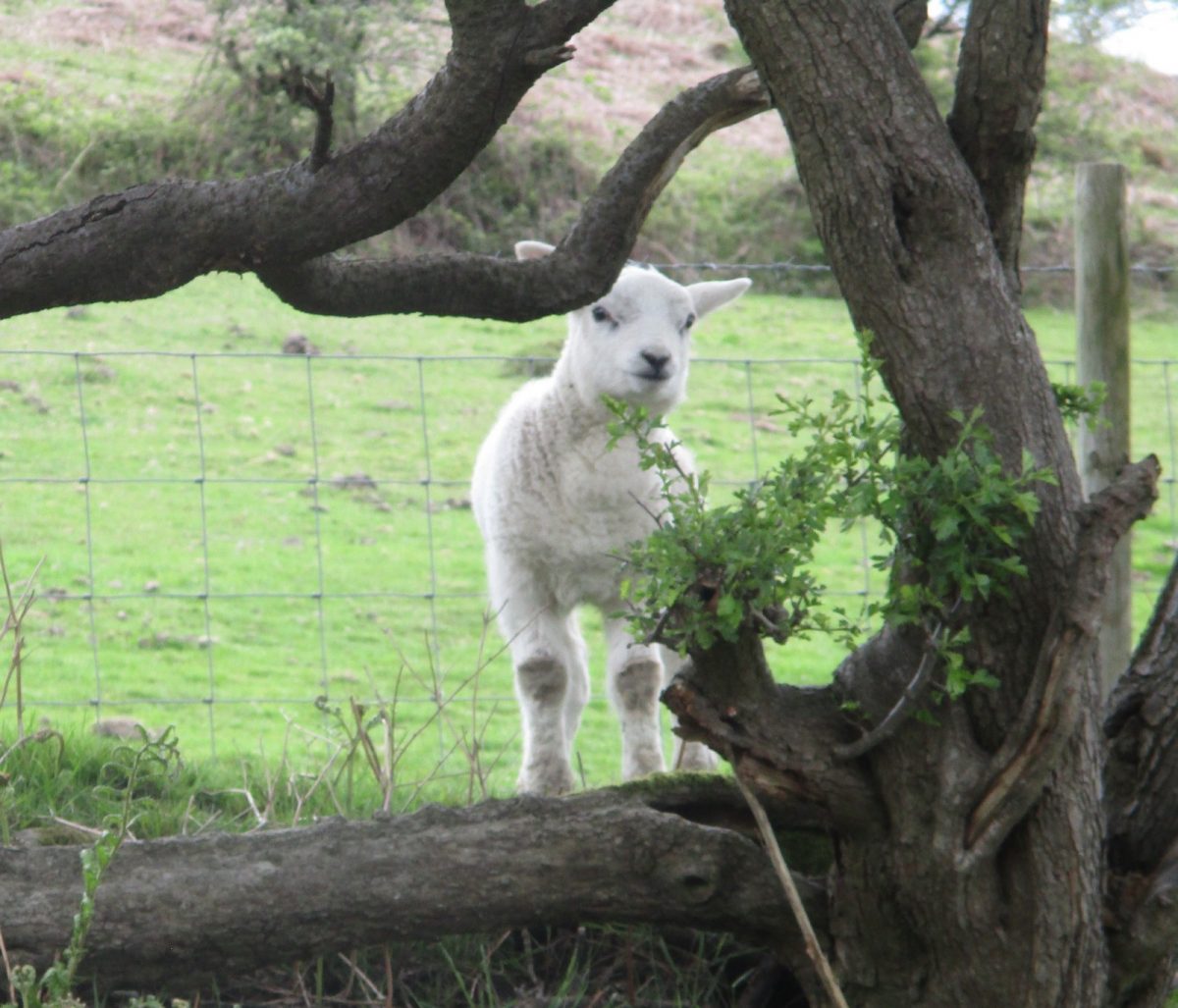
Arnica: I give some to each ewe after lambing to aid recovery. If the labour has been difficult, I give Ruta and Rhus Tox as well as Arnica.
Twin lamb disease: As well as twin lamb drench and calcium injection, I use Lycopodium. When the ewe has been slow to regain any energy I’ve found Phosphoric Acid helpful.
Prolapse: As well as putting a harness on the ewe, I use Sepia.
Slow labour: I have used Caulophyllum to help when a ewe’s cervix is slow to open. Apparently it can be used in Ringwomb (when the cervix fails to open) but I’ve not used it for this (yet). Caulophyllum is the Latin name for Black Cohosh, a herb often used by women for severe period cramps.
Bleeding: I use Bufo when a ewe is bleeding after labour.
Mastitis: I use Belladonna as soon as I spot any inflammation or soreness in a ewe’s udder.
Other infections: I use Hep Sulph for most infections. If it’s a bad infection I add in Pyrogeneum and Gunpowder (the remedy, not actual gunpowder!).
When things go wrong, I use Aconite for fright, Arnica and Rescue Remedy for shock, Hep Sulph for a ewe that is stressed, angry or suspicious of me and Ignatia for grief.
Post surgery, I give Arnica plus Bellis and Staphisagria
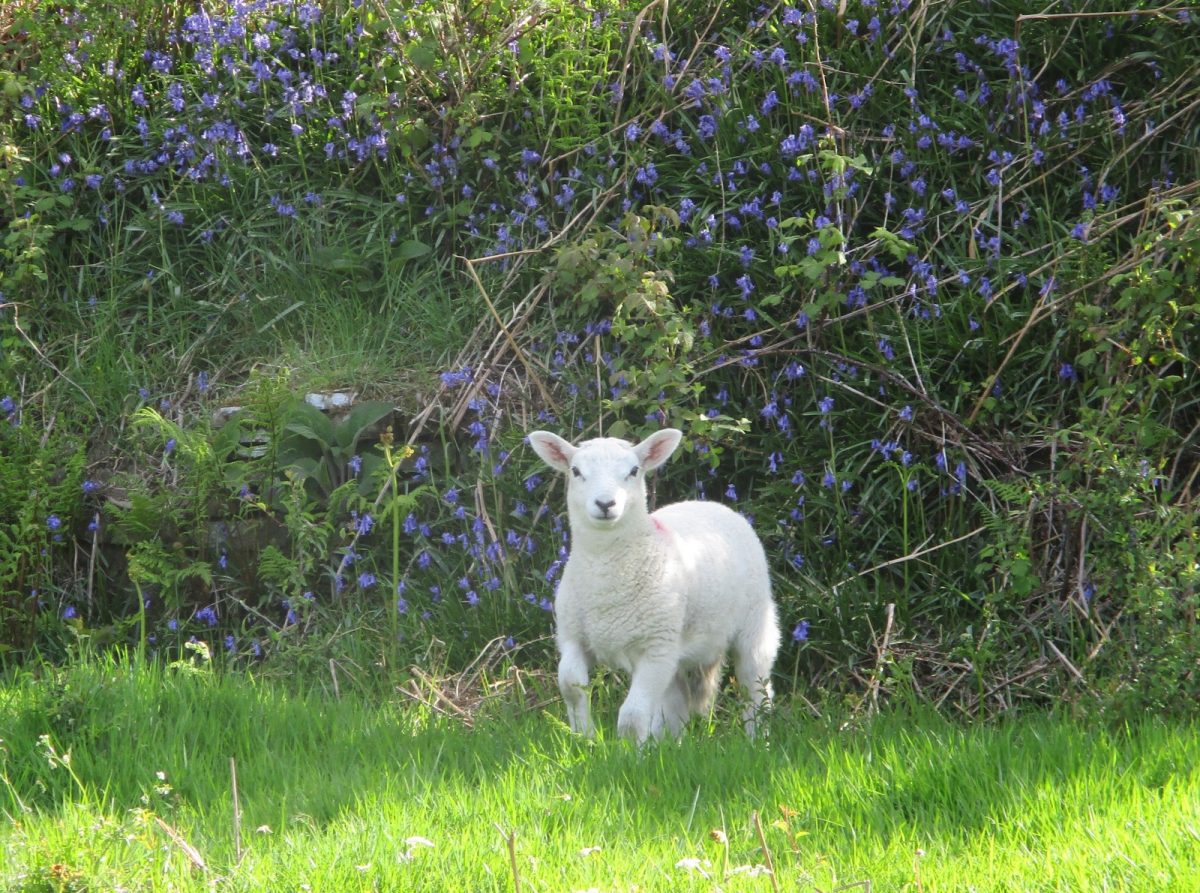
Remedies for lambs:
I have Carbo Veg on hand for flat lambs as it has a reputation as a reviver due to its ability to promote oxygenation.
I find Aconite useful for lambs born outdoors who have gotten chilled by a cold wind.
After a difficult birth, when the lamb has had to be manipulated and pulled, I find Arnica can be useful. Following one particularly difficult birth that left the lamb with a sore shoulder I found Eupatorium helpful.
I use Arsenicum for diarrhoea, or China if there is dehydration.

Looking after yourself
Stock up on essentials such as:
- Tea and biscuits!
- Portions of curry, stew and soup in the freezer from batch cooking
- First Aid Kit
Include:
- Arnica cream
- Calendula cream
- Rhus Tox and Ruta cream (for strains and sprains — especially useful for knees, pushed against by sheep)
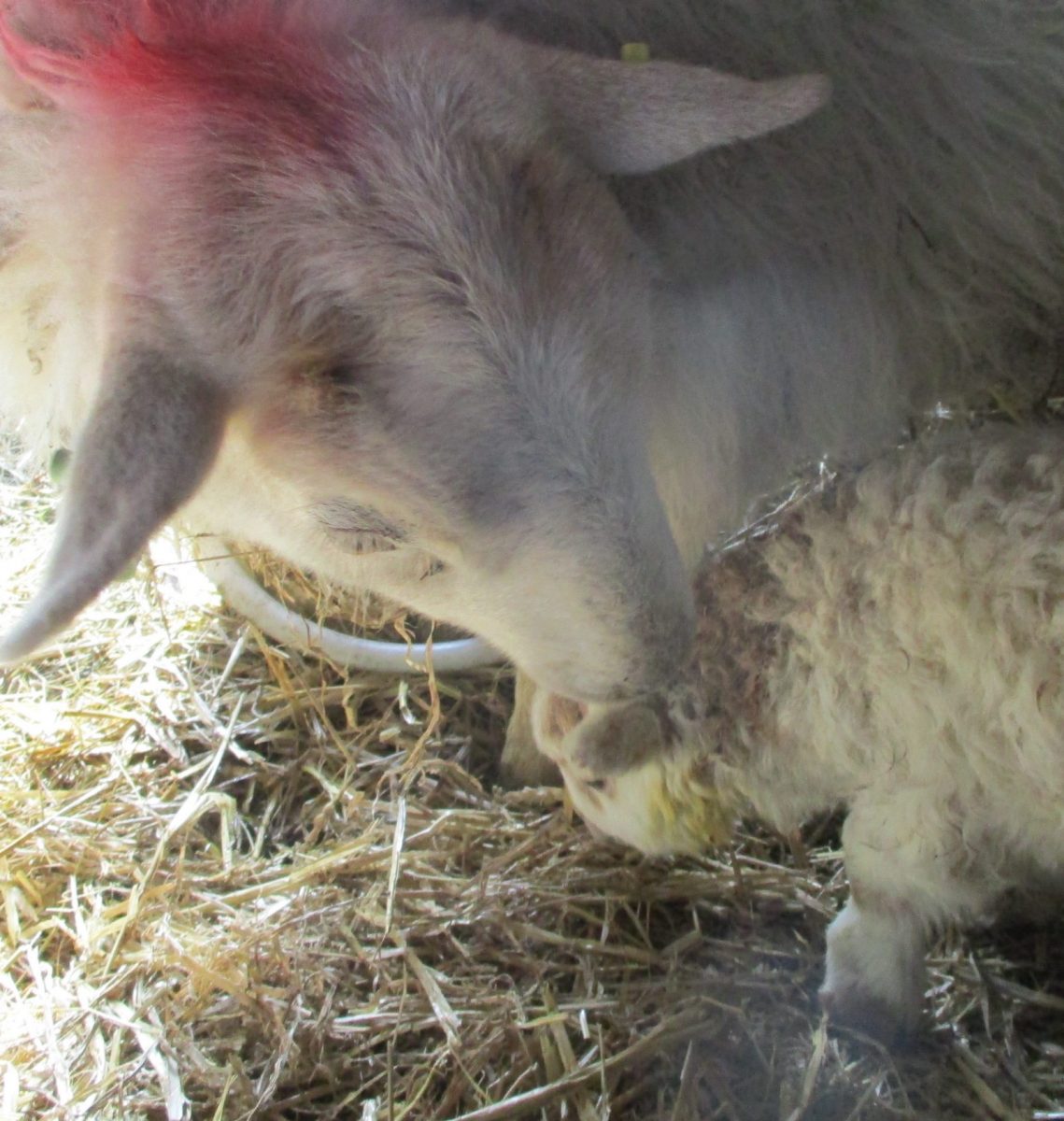
Sleep
Most lambs are born either early in the morning or late at night, but of course they can be born anytime. On a large farm with a number of people sharing the work shifts can be organised so everyone gets some sleep.
Lambing on your own is a different matter.
Most small farmers and smallholders check sheep 2 hourly from early morning til late at night, and only stay up later if a ewe is showing signs of going into labour at the last check.
This is still quite tiring, and if a lot of lambs need pulling out it can get exhausting. Farmers can become run down by the end of lambing.
One solution is to teach volunteers the signs of labour and get them to do either the early or late checks, on the understanding that they must wake you if a ewe is going into labour or even if they are just not sure about something.
In the UK the National Sheep Association has a list of farms looking for help. This is often used by vet and farming students looking for experience.
During the coronavirus lockdown, of course, it isn’t possible for family members or volunteers to travel to the farm to help. Last year, I found a workable compromise was to try to head back to bed between at least one pair of the 2 hourly checks, usually in the afternoon when it was quieter.
I find that, if I’m not too tired, some gentle stretches before going to bed can help me sleep better.
Once lambing is over, there is pressure to catch up with things and rush on with other jobs. Try to make some time to rest and catch up on sleep.
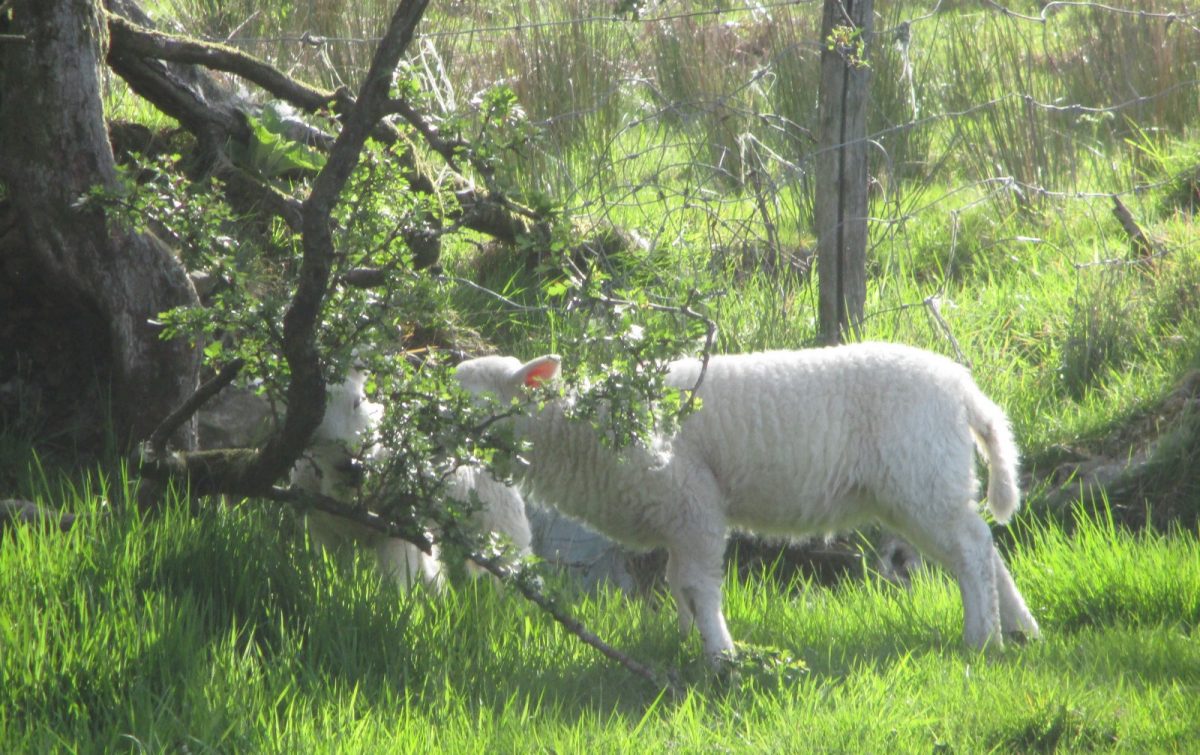
Marit Parker runs a small hill farm in South Wales.
She is also a faculty member of the Permaculture Women’s Guild.




